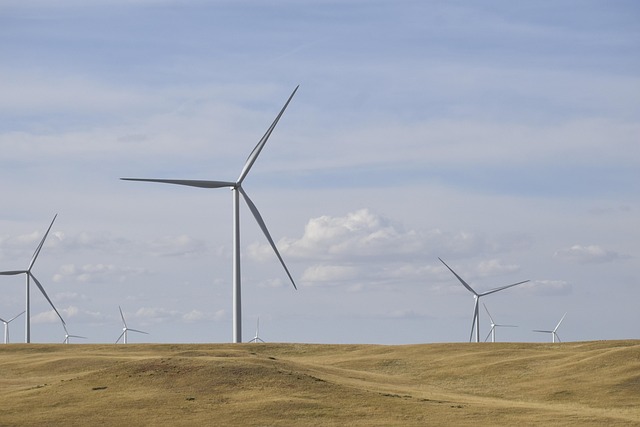In the quest for a greener future, the transportation sector stands at a crossroads, where energy strategy plays an essential role in shaping our ecological footprint. As urban centers expand and rural areas strive for development, balancing growth with sustainability becomes paramount. Transport sustainability is not merely an ideal; it’s a necessity that demands innovative solutions and collective effort.
Traditional transportation systems heavily rely on fossil fuels. This reliance contributes significantly to greenhouse gas emissions, affecting both urban air quality and rural landscapes. An effective energy strategy focuses on transitioning from these conventional sources to renewable energy solutions, minimizing ecological impacts while promoting efficient mobility.
In rural areas, sustainable transport options can facilitate economic growth by providing farmers and local businesses with better access to markets. Implementing electric vehicles and sustainable biofuels can not only reduce the carbon footprint but also lead to more resilient local economies. Public transportation systems powered by clean energy can bridge the gap between urban and rural communities, encouraging collaboration and equitable development.
Moreover, investment in infrastructure that supports non-motorized transport, such as cycling and walking paths, can enhance rural development while promoting a healthier lifestyle. These initiatives have the potential to invigorate local economies by attracting tourism and fostering community engagement.
Utilizing technology in our energy strategy offers further avenues for enhancing transport sustainability. Smart transportation systems can optimize traffic flow and reduce congestion, leading to less idle time and lower emissions. Adopting electric charging stations in key rural locations ensures that the shift to electric mobility is supported, creating an integrated transport network that both cities and rural areas can rely on.
Furthermore, community involvement in the planning and implementation of these energy strategies encourages a sense of ownership and responsibility. By engaging with local stakeholders, we can tailor transport solutions that best reflect the unique needs of each community, paving the way for a more sustainable future.
The road to a greener future is paved with ambition and commitment. By understanding the importance of energy strategy in achieving transport sustainability and nurturing rural development, we have the power to shape our world into one where economic growth does not come at the cost of our environment. Embracing green technologies and promoting responsible transport practices can lead us to an interconnected and thriving ecosystem, where both urban and rural areas flourish together.




